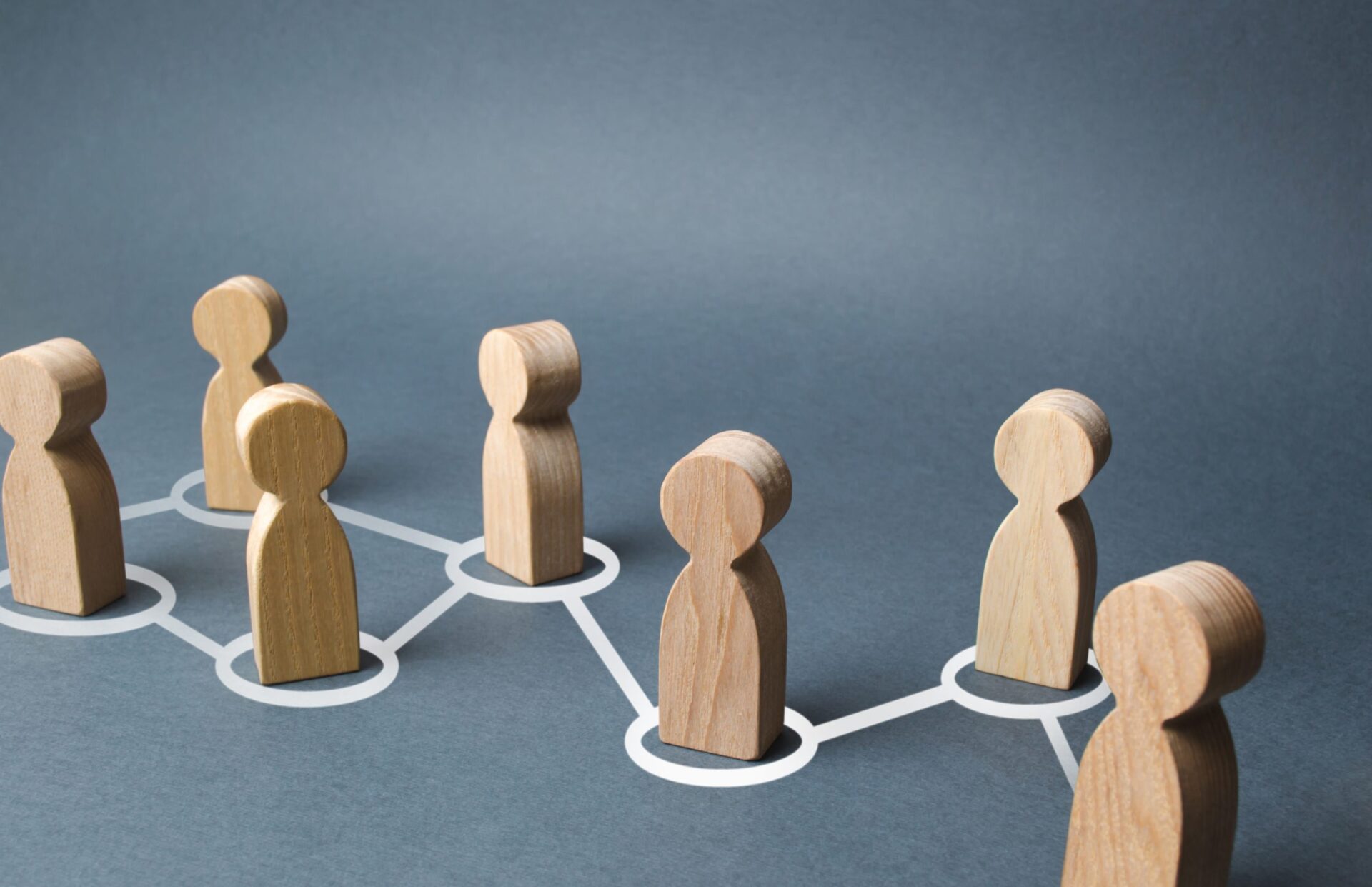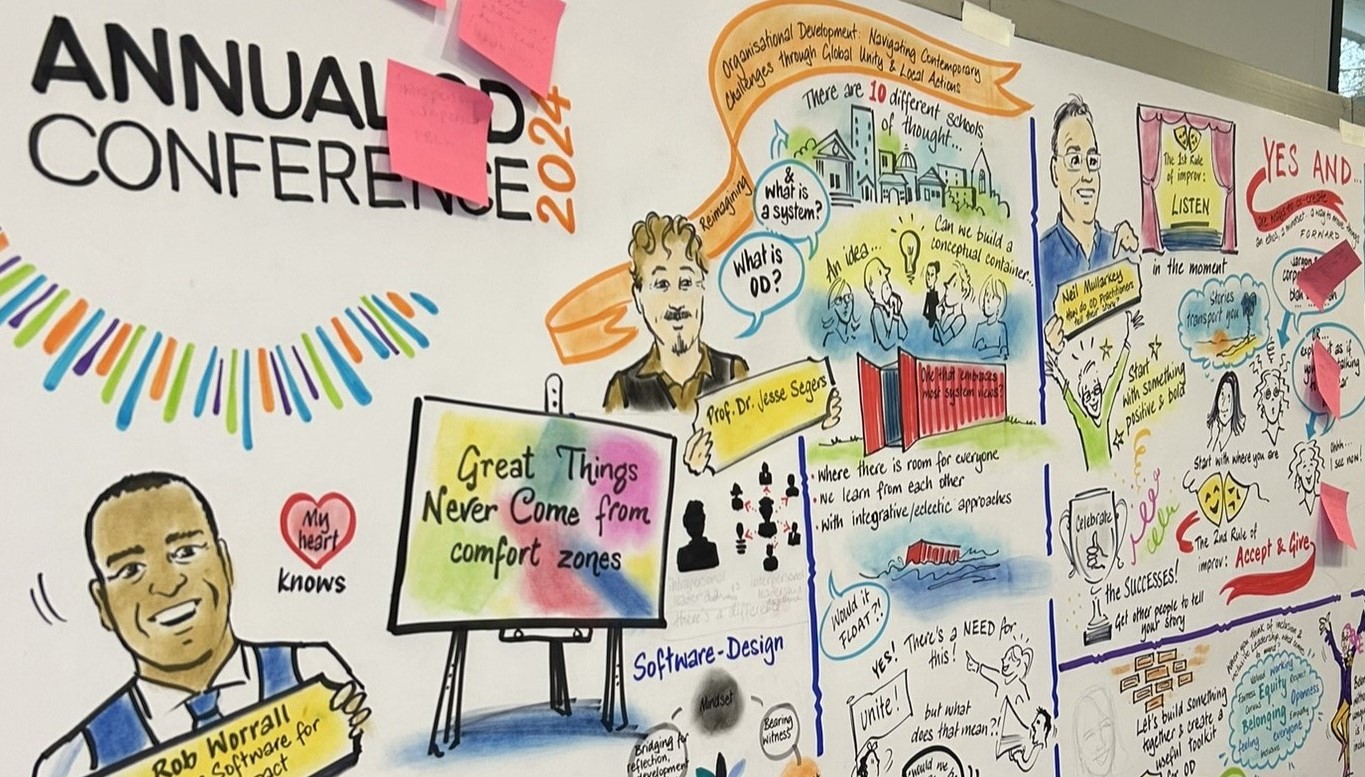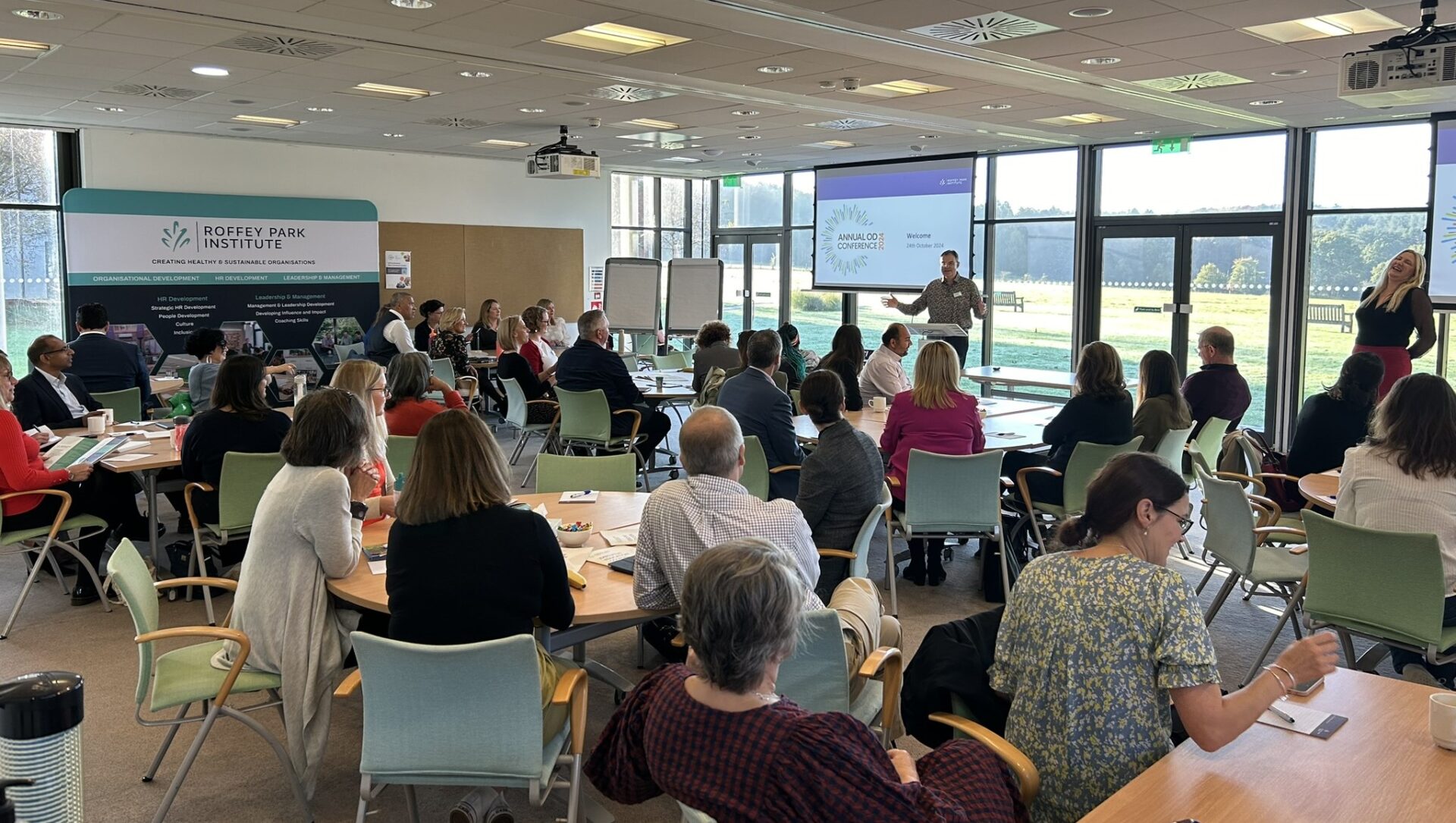
We are living and working through strange and most likely transformative times. The global coronavirus pandemic is a challenge unlike any other facing individuals, businesses and organisations of all shapes and sizes. Even where this isn’t the case, the social distancing measures in place around the world have overnight forced us into a radical re-organisation of the workplace. Or more accurately, a complete de-centring of the workplace itself; from centralised physical spaces to dispersed virtual ones.
Of course many organisations were already working across county and country boundaries, navigating time zones and vast distances in order to connect. But for most of us the workplace was where our relationships were made, and the thought of being as engaged, effective and productive away from it is difficult to imagine. This gets me thinking about a central challenge for the field of OD. Technology connects us, but does it help with our connection? In other words our capacity to see and be seen, hear and be heard, be creative, collaborative, supportive and challenging in ways that build rather than diminishes collective capacity. In my view OD has something vital to offer here.
As practitioners what might we do differently to help remote, dispersed or virtual working be a more humanly connected experience; one that helps us deliver more effectively on behalf of our organisation and its purpose?
I’ve deliberately engaged with this question over the past year, enquiring with clients and participants on Roffey Park programmes as they seek to develop their capacity for collective leadership and development from geographically dispersed locations. As we’ve worked so we’ve surfaced and tested many assumptions about what is possible when working virtually. Some experiments have led to surprising shifts – from a sense of dread at logging on to experiences of collaboration and connection in ‘the most productive conference call ever’ and ‘the highlight of my week’. So what have I learned?
Connecting technology – the logistical bit
- It sounds obvious but use a stable platform that offers all members of the group your working with easy and reliable access. Shop around if the one you’re used to doesn’t supply this stability.
- Factor in time to test functionality and overcome any teething problems was helpful. Zoom worked well for us, allowing for screen sharing, note taking as well as video or audio calls. It also has a recording function and offered good size images of each group member.
- Think carefully about scheduling. Timeszone and personal circumstances differ, meaning some people are coming together at the beginning of their day, some at the end. Some have children or other responsibilities to attend to and timing can make or break. Whatever the timeszone, finding a way to create ‘a bubble’ was useful to ensure participants could truly be present.
- Shorten the session. Although we’d typically work together all day face to face we found scheduling two half day (3 hour) virtual meetings (with plenty of breaks) in lieu of a day worked well. Interestingly participants found such ‘long’ virtual meetings luxurious rather than a chore, by contrast with many of their typical bouncing-from-one-to-the-next online interactions.
- Remove distractions. Sustaining focus means consciously removing distractions (as much as we can when cooped up). For me this meant ensuring Zoom was in full screen mode, turning off Outlook and switching my mobile phone to flight mode. I also occasionally found it distracting to see myself, and I later learned I could switch that view off. These practices are encouraged in the practical guides to virtual facilitation offered by Britton (2017), and Fogelberg and Tavanyar et al (2015). Making them part of a group contract can help everyone be thoughtful about what it takes to stay present.
Connecting humans – the relational bit
- Arrive and be present with your self and each other. We noticed that when we couldn’t be together and connected physically, being physically in touch with ourselves was all the more important. A short and simple mindfulness practice, body scanning or conscious breathing, at the beginning of each session was a great grounding and connecting experience.
- Check-in and check-out. Establish a habit of checking-in and checking-out, as well as a clear agenda. Inspired by a Gestalt approach in my work, I found real value in going beyond this by offering a clear focus and structure with a non-directive and collaborative approach to agreeing content.
- Consider your presence – face, pace, tone, and home! Non-verbal signals remain a significant part of the experience online. Consider how you show up in the virtual space. Gaining feedback on how you come across can be really useful, as greater consciousness of presence may be needed as the nuance of tone, gesture and facial expression is lost.
- And be real – remember we are often gaining an insight into each others’ homes and lives. How do we deal humanely with that blurred boundary? For me it was often naming the tensions arising as the children interrupted or the dog barked.
- Be deliberately descriptive and enquire of others. With reduced visibility of each other it can be harder to ‘read the room’, and exhausting to try. We found it useful to anticipate moments when greater clarity of each others’ experience would be helpful and ask each other when we realized we were filling in the gaps of what was going on for another.
- Share responsibility When it was ‘my’ Zoom account and I sent the invitation I noticed I had to resist the temptation to be responsible for everyone’s experience. We overcame this by sharing responsibility for the structure and approach session by session. I took the groups’ lead and suggestions as much as possible which also increased engagement and creativity.
- Dip beneath the surface just as face to face work stands or falls on often hidden dynamics such as trust and power, that may only get picked up ‘off line’, the pace and limits of virtual interactions can leave even more unsaid. Ensuring that time and attention went on how people were finding the process of working together was incredibly valuable for group performance and learning.
It’s possible, maybe even likely, that when this is done the world of work will look very different. Perhaps our first instinct will be to crave and seek out face-to-face contact again, and to flock back to our workplaces with renewed appreciation for them and the social contact they supply. But at a basic level I suspect we may also confront what was once an inconvenient truth as an opportunity. Because for very many people the job you were told was impossible to do remotely will have proven to have been entirely doable. There is no reason OD can’t also rise to this challenge and prove itself capable of creating impact and value virtually. I suspect it may be our mindset as much as our skillset that is limiting what’s possible virtually. Because if we bring more of ourselves and expect more of each other when we are not together, what else might be possible?





